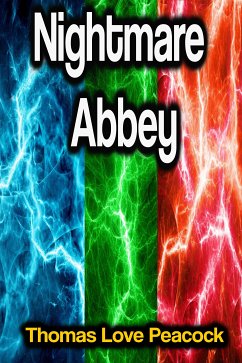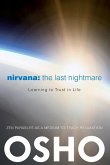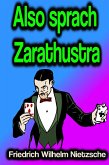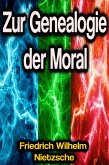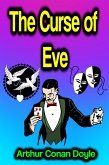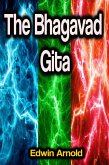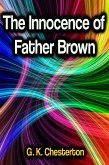Nightmare Abbey Thomas Love Peacock - Nightmare Abbey is an 1818 novella by Thomas Love Peacock which makes good-natured fun of contemporary literary trends. Nightmare Abbey was Peacock's third long work of fiction to be published. It was written in late March and June 1818, and published in London in November of the same year. The novella was lightly revised by the author in 1837 for republication in Volume 57 of Bentley's Standard Novels. The book is Peacock's most well-liked and frequently-read work. The novel was a topical work of Gothic fiction in which the author satirised tendencies in contemporary English literature, in particular Romanticism's obsession with morbid subjects, misanthropy and transcendental philosophical systems. Most of its characters are based on historical figures whom Peacock wished to pillory. It has been observed that "the plots of Peacock's novels are mostly devices for bringing the persons together and the persons are merely the embodiment of whims and theories, or types of a class". Nightmare Abbey embodies the critique of a particular mentality and pillories the contemporary vogue for the macabre. To his friend Percy Bysshe Shelley, Peacock described the object of his novel as being "to bring to a sort of philosophical focus a few of the morbidities of modern literature". Appearing in the same year as Northanger Abbey, it similarly contrasts the product of the inflamed imagination, or what Peacock's Mr Hilary describes as the "conspiracy against cheerfulness", with the commonplace course of everyday life, with the aid of light-hearted ridicule. Several of the chapters take a dramatic form interspersed with stage directions in order to illustrate without comment how much the speakers characterise themselves through their conversation. The actor and director Anthony Sharp was eventually to take this approach to its logical conclusion and reduced the whole novel to a successful and popular script. First performed in February 1952, it was eventually published in 1971.
Dieser Download kann aus rechtlichen Gründen nur mit Rechnungsadresse in A, B, BG, CY, CZ, D, DK, EW, E, FIN, F, GR, H, IRL, I, LT, L, LR, M, NL, PL, P, R, S, SLO, SK ausgeliefert werden.

